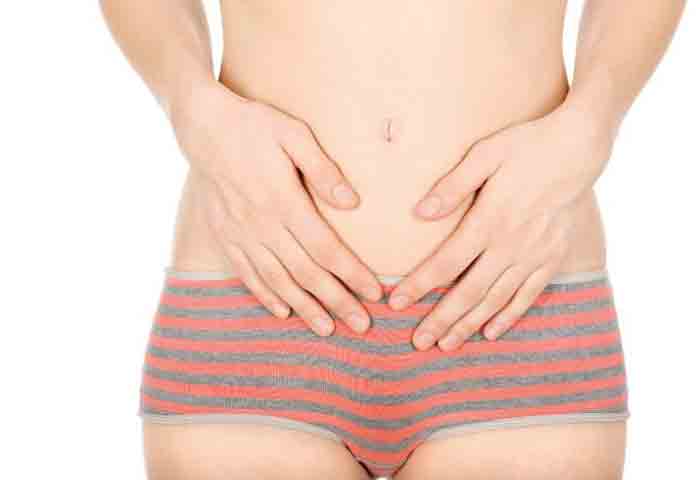
Important: This article is for informational purposes only. Please read our full disclaimer for more details.
Yeast infections are the kind of vaginal infections that causes a lot of irritation and itching in the vaginal regions. A thick white odorless discharge might also start coming out of female genitalia. Redness is common during yeast infections. The pH level and yeast levels of female genitalia area is balanced by Lactobacillus bacteria. Any disrupt in Lactobacillus bacteria will allow the yeast infection to take place. It is better to try the home remedies before going for allopathy medicines. Here are the home remedies to deal with yeast infections:
5 Natural Home Remedies for Yeast Infections
Yogurt and Probiotics
There are many microbes present in the female genitalia. These microbes keeps check on pathogens, thereby preventing infection in the area. When there is an imbalance in these microbes, yeast infections are said to occur. Yogurt has bacteria that can fight with yeast infection. They have the probiotics to control the yeast growth. Research has proven results of it and there are no side-effects of yogurt. You can apply yogurt directly on the affected area or consume yogurt in large quantity. Both the ways are equally effective. If you do not like the odour of yogurt, you can directly get the probiotic tablets. Place a probiotic table in your female genitalia and leave it overnight. Clean the area in the morning with cold water.
Boric Acid
The boric acid suppository capsules are said to cure vaginal yeast infections. They completely fight with the non-albicans species that cause these infections. It should be taken in small quantity as over dose of boric acid might give negative results. It should never be swallowed as it is highly toxic in nature. Pregnant women should refrain from the usage of boric acid.
Tea Tree OIl
It is a medicinal oil and has many benefits to the health. If you are suffering from yeast infection, apply tea tree oil on the vaginal area before you go to bed. You can use a cotton ball dipped in tea tree oil for better application. Gently wash it in the morning. Following this for a week or so to get relieved from yeast infection. Never apply the concentrated form of tea tree oil. It is always better to add another oil to it and convert it into a concentrated form before it’s application. You can make a mix of olive oil and tea tree oil. Olive oil equally cures the yeast infection.
Use garlic cloves
There are no scientific evidences of garlic curing the vaginal infection, however reviews are positive on it. Garlic has the infection fighting ability. You can put a garlic clove on the affected area directly. Insert it as a tampon and leave it overnight. Continue for 2-3 days fro effective results. You can also add garlic to your regular diet, but it doesn’t have much impact on vaginal yeast infection. However, there might be burning sensation. Avoid using garlic if you are allergic to it. Remember, the vaginal area is very sensitive, hence do not experiment with it.
[Related: 15 Amazing Health Benefits of Garlic ]
Cleansing
This is a crucial step to keep your female genitalia infection free. Use a mild gel to clean your vaginal area. Avoid using harsh chemicals on it. You can also use natural oils to massage the female genitalia. This will strengthen the part and keep the germs at bay.
Hope this article has thrown some insight on how to deal with yeast infections at home. These are natural remedies, hence are slightly time consuming. Do not be completely dependant on these remedies. In case of severe infections, do consult a doctor. Do share your feedback with us and let us know other home remedies to deal with yeast infections.
You Might Also Like:
- Does Witch Hazel Helps Yeast Infection?
- How Long Does Clindamycin Cream Stay In Your System?
- 7 Best Products For Large Pores And Oily Skin
- How To Get Rid of Open Pores Naturally at Home?
Image :- 1















